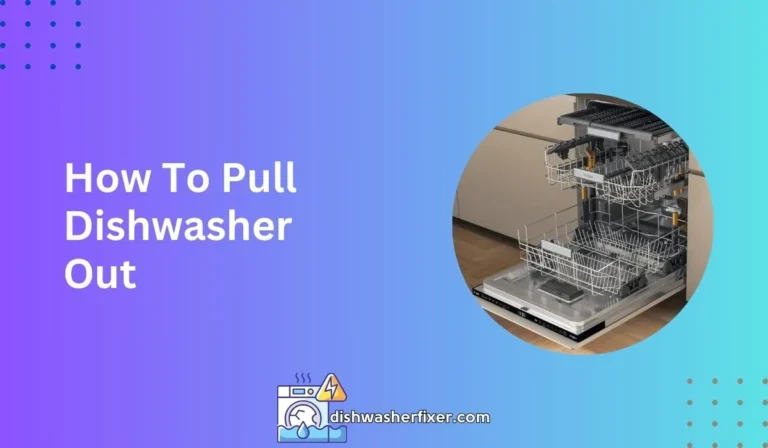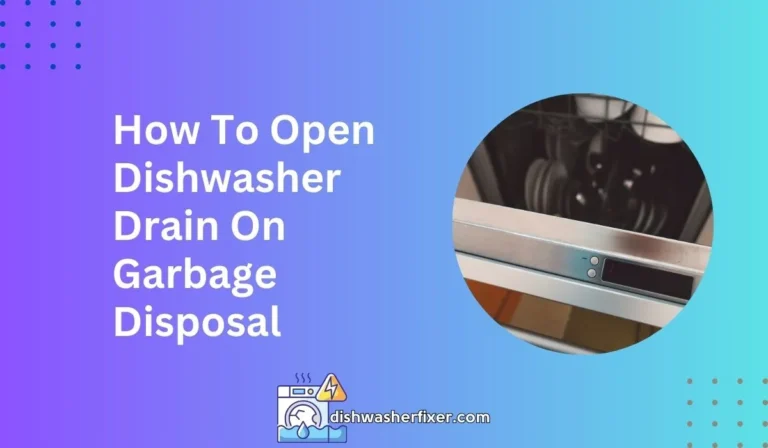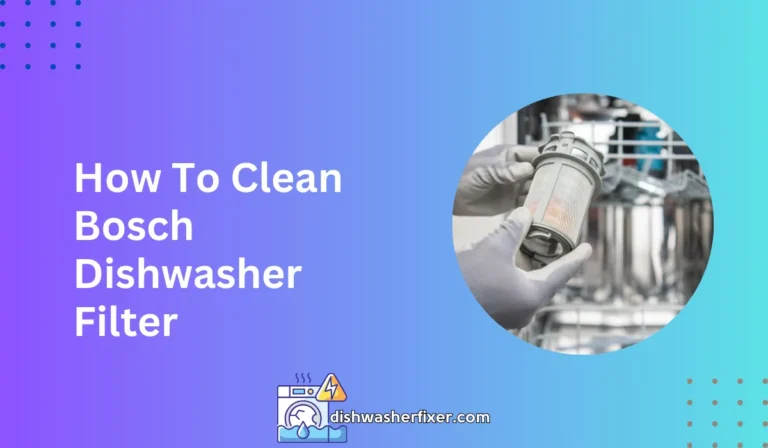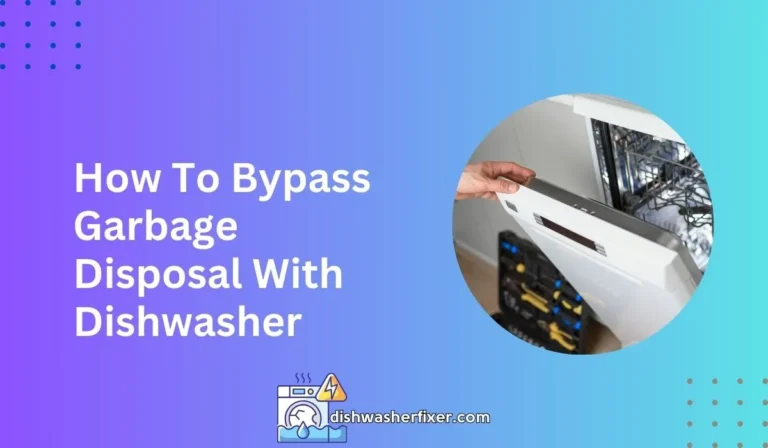How to Connect Countertop Dishwasher: Step-by-Step Guide
To connect a countertop dishwasher, place it near the sink, attach the inlet hose to the faucet with an adapter, and secure the drain hose to the sink’s drain. Ensure the unit is level and plug it into an electrical outlet.
Step-by-Step Guide to Connecting a Countertop Dishwasher
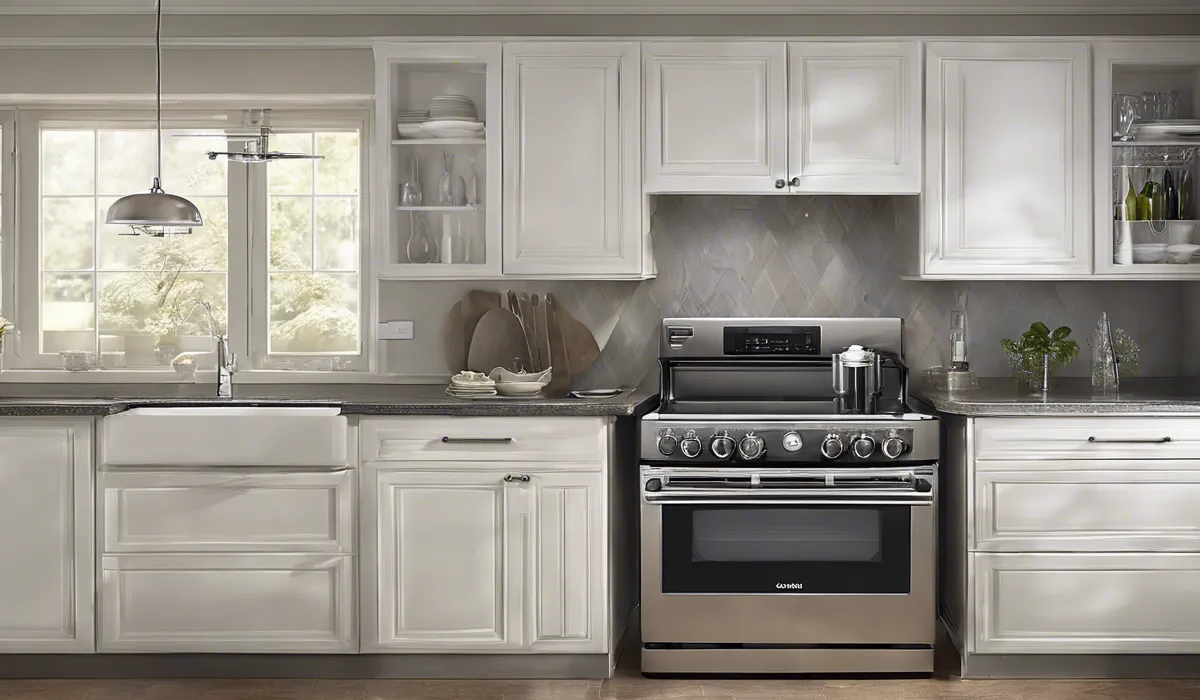
Unpacking and Inventory Check
Begin by carefully removing your new countertop dishwasher from its packaging. It’s crucial to identify all the parts and accessories to ensure a smooth installation process.
Cross-reference the content of the box with the user manual’s inventory list. Make sure you have the inlet and drain hoses, faucet adapter, and any other necessary fittings.
Finding the Perfect Spot
Choose a location for your dishwasher that is both close to a power outlet and within reach of your kitchen faucet.
This spot should also be close to the sink to facilitate easy drainage. Ensure that the space is convenient for loading and unloading dishes, without obstructing kitchen traffic.
Ensuring a Stable Base
Place your dishwasher on a stable and level surface. Use a level tool if necessary to adjust the feet of the dishwasher, preventing any wobbling that could affect its function or cause water spillage.
Hooking Up the Inlet Hose
Attach the inlet hose to the water supply tap using the faucet adapter provided. Ensure a snug fit to prevent leaks. If your tap has a different size or thread pattern, you might need an additional adapter from a hardware store.
Connecting the Drain Hose
Secure the drain hose to your sink’s drain or to the garbage disposal unit if you have one. It’s essential to have a tight connection to avoid water backing up into the sink or onto the counter. You may use a clamp or additional hardware to secure this hose in place.
Powering Up
Finally, plug the dishwasher into the electrical outlet. Make sure your outlet is capable of handling the dishwasher’s electrical load. Avoid using an extension cord, as this could pose a safety hazard.
Understanding the Water Supply and Drainage System

How Countertop Dishwashers Use Water
Countertop dishwashers are designed to be efficient with water usage. They connect to your kitchen faucet and draw water directly when needed.
The dishwasher heats the water to the appropriate temperature and recycles it during the wash cycle before draining.
Inlet and Drain Hose Functions
The inlet hose brings fresh water into the dishwasher, while the drain hose removes used water after the cycle. Proper installation and maintenance of these hoses are vital to the dishwasher’s operation.
The Importance of a High Loop or Air Gap
Installing a high loop in the drain hose or an air gap helps prevent dirty sink water from flowing back into the dishwasher. This is a critical step in maintaining the hygiene of your dishes and the longevity of your appliance.
Preventing Leaks and Ensuring Water Flow
Check all hose connections regularly to prevent leaks. Also, make sure that the water pressure is within the range specified by the dishwasher’s manufacturer to ensure proper water flow and prevent damage to the appliance.
Water Temperature and Pressure Requirements
Most countertop dishwashers require a minimum water pressure to operate correctly and may have a maximum allowable water temperature to prevent damage to the internal components. Refer to your user manual for specific requirements.
Maintenance and Troubleshooting
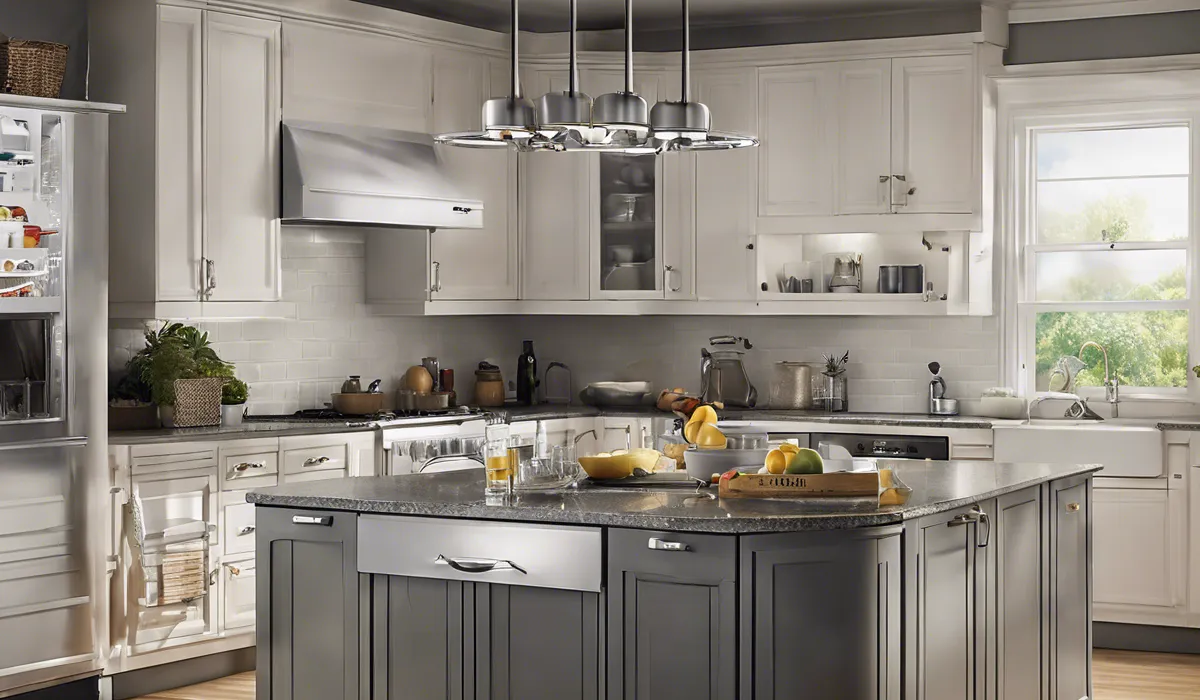
Regular Cleaning and Upkeep
To keep your dishwasher running smoothly, clean the filters and wipe down the interior regularly. Ensure that the spray arm is free from debris to prevent clogs and maintain efficient water use.
Descaling and Build-Up Removal
Depending on the hardness of your water, you may need to descale your dishwasher periodically. Use a dishwasher-safe descaling agent or a vinegar solution to remove any limescale build-up.
Identifying Common Issues
Inspect hoses regularly for kinks or improper sealing, which could impede water flow or cause leaks. Check the connections at both the tap and the appliance for any signs of wear or damage.
Dishwasher Not Filling or Draining
If your dishwasher is not filling or draining correctly, check for blockages in the hoses or filters. Ensure that the faucet is turned on fully during the dishwasher cycle and that the drain hose is positioned correctly.
When to Seek Professional Help
If you’ve followed all troubleshooting steps and the dishwasher still isn’t working correctly, it may be time to seek professional help.
A certified technician can diagnose and repair any complex issues your countertop dishwasher may be experiencing.
FAQs About Connecting Countertop Dishwasher
How do I attach the inlet hose of a countertop dishwasher to the faucet?
To attach the inlet hose of a countertop dishwasher to the faucet, use an adapter to connect the hose securely to the faucet’s tap.
Where should I place my countertop dishwasher for proper connection?
Place your countertop dishwasher near the kitchen sink to ensure easy access to the faucet and drain.
What is the proper way to secure the drain hose of a countertop dishwasher?
Secure the drain hose of the dishwasher by attaching it to the sink’s drain to ensure wastewater can be expelled properly.
How can I make sure that my countertop dishwasher is level?
Check the dishwasher with a level tool and adjust its feet as necessary to ensure the unit is stable and level.
What type of electrical outlet is required for a countertop dishwasher?
A countertop dishwasher typically requires a standard electrical outlet (120V in the United States) to plug into for power.
Final Thoughts
Connecting a countertop dishwasher involves positioning it near the sink, attaching the inlet hose to the faucet via an adapter, and securing the drain hose to the sink’s drain. It’s important to ensure the appliance is level before plugging it into a power outlet for proper operation.

